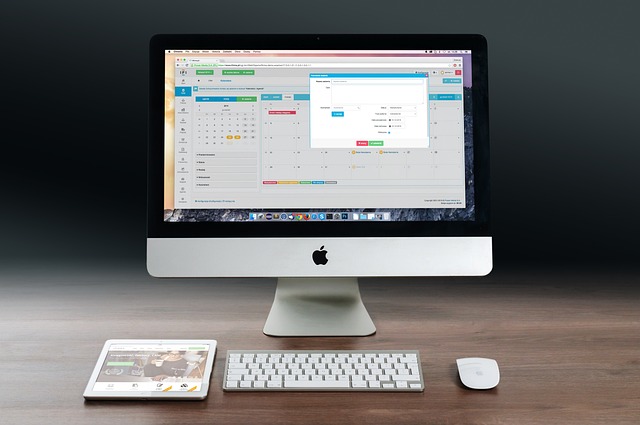Most offices have their employees working remotely, while others combine both remote and in-office time. That calls for proper IT and security privacy protocols set up to protect you no matter where you are located. You can do this by using tech support services like Sinus that will offer an all-inclusive security package. But if this is not the right fit for your company at the moment, here are some practices that will mitigate the possibility of data breaches and malware, and they are worth it.
1. Ensure Your Operating System Is Up To Date
Malware is constantly being generated, and they will try to find a weak link to get into your system. For that reason, you will need to have your operating system updated to ensure you get the latest security features that will block unwanted bugs out. That is why you should never ignore any update warning from your computer. But before updating it, back up all your files to avoid losing any vital documents in the process.
2. Install Antivirus
Installing Antivirus is another way you can use to keep bots at bay. If you cannot afford an antivirus, you can free options like AVG antivirus software. All you need to do is download, install and run it on your computer. But before installing the antivirus, you should uninstall any antivirus that you might have on your computer.
3. Ensure Critical Updates Are Automated
You need to have a system on how you update and upgrade your software. It is prudent to schedule the update for when you will not be working to not interfere with your work. When you update your system, take the time to delete any obsolete software since they create serious vulnerabilities.
4. Have Strong Passwords
Most people are not sure of the best way to have strong passwords; here is a look at some of the ways you should do it. The password you create should e long and should have special characters. It is also vital for you not to repeat the same passwords between accounts. It is best if the passwords you set do not have any personal information. In addition, you should not store your passwords in the cloud.
5. Put In Place Multi-Factor Authentication.
Another essential feature you should have is multi-factor authentication. This is another extra layer of security besides passwords and users names. This is a piece of information that only the user knows or has at hand. It could be a second credential like confirming their phone number or email.
6. Limit The Local Administrative Rights
Even with the various layers of protection, having local administrator rights could lead to your business being vulnerable to attacks. That is why you need to ensure that you limit the level of permission you offer your staff. If you have to give authorization to your employees, it should be limited, and all of them should have unique names and passwords. That will help in adding a layer of security to your company.
7. Make Use Of Cloud Servers Backups
Cloud servers can be used as a backup for the data you have on your computer hard drive. That would come in handy if you lost your data since you will store all your information. When doing the backup, you should ensure you have backed up your files and your images. That way, in case of any issues with your data, it will be easy for you to restore it.
Discussed are some of the ways you can use to make sure that your business data is protected. But you do not have to do the whole task alone. You can get help from software like Sunu. When you do this, you will get the protection you need while getting the needed updates. That way, you will have an easier time running your business. You will also have peace of mind knowing that you have a partner willing to assist you in case of any issue.
It does not matter the backup solution you use; the vital thing is to make sure that you regularly update your information.
When implementing the plans of your company cyber security, you need to choose a tool that is easy to use and deploy. If they are challenging to use, they will give you and your employees a hard time. If so, it will affect production in your office.
Call us today to help you with your cybersecurity – Contact Us at (480) 701-0071





